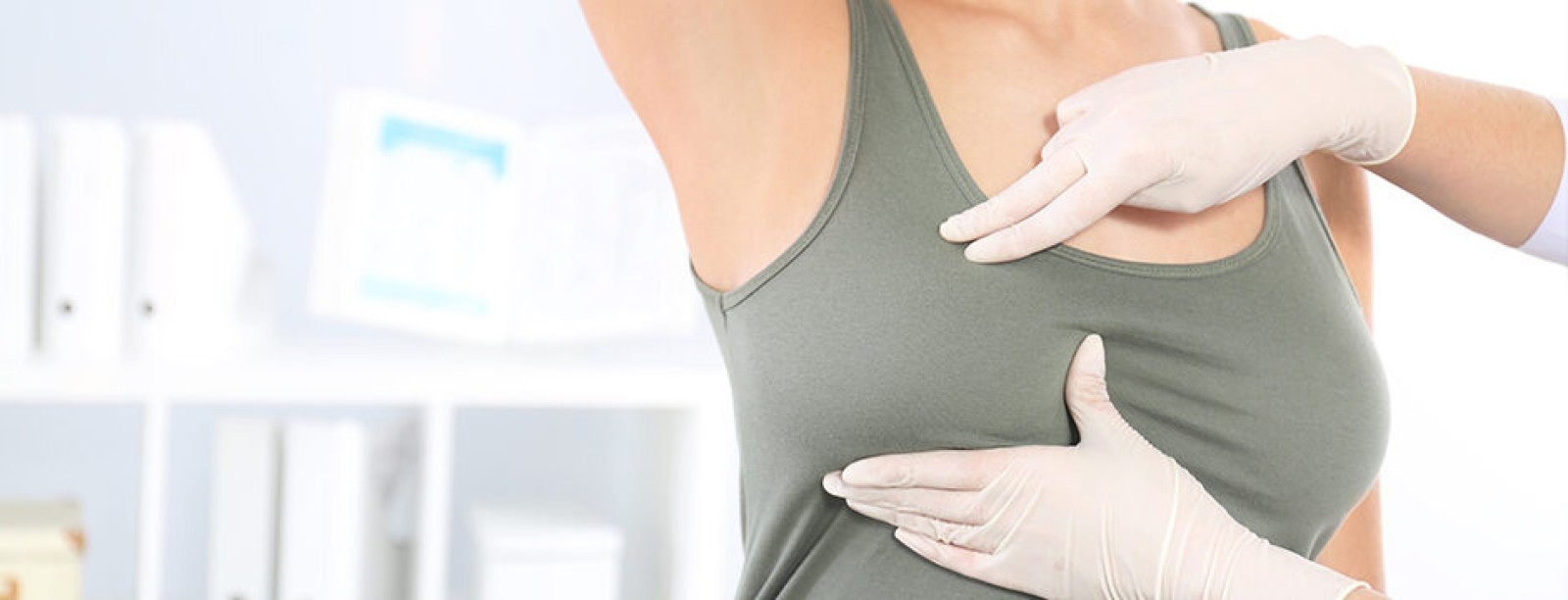
Breast cancer
is the most common malignant disease in women. On average, one in eight women in Switzerland suffers from the disease. This makes it all the more important to detect breast cancer as early as possible so that the disease can be treated more successfully. In recent years, the number of women dying from breast cancer has declined thanks to better early detection. This does not help to prevent the disease, but to detect it at an early stage. The less advanced the breast cancer, the more successful the treatment and the greater the prospect of cure.
Risk factors for breast cancer that cannot be influenced
- Age
- Gender
- Family history: If a woman's mother, sister daughter in her family has breast cancer, she also has an increased risk of the disease. Approximately 5-10 percent of breast cancers are hereditary.
- Diet (high-sugar, high-fat diets, obesity promote breast cancer risk)
- Exercise
- Alcohol and nicotine
- Pain
- Lumps in the breast / hardening in the breast
- Change in breast shape
- Skin changes (redness, retraction)
- Change in the nipple, secretion from the nipple
- Swelling in the armpit
- Mammography
Mammography is an X-ray of the breast that can be used to detect breast cancer or its precursors at a very early stage, even before it is palpated. - Breast ultrasound/mammary sonography (possible in the practice)
Ultrasound without radiation exposure is the method of choice for young women with or without symptoms or for pregnant women. In older women with dense breast tissue, breast ultrasound is a very effective method of examining the breast in addition to mammography. The ultrasound examination can be carried out in our practice without any problems (also in addition to your regular annual examination) - Tissue sample/punch biopsy (possible in the practice)
If the breast findings are unclear or changing and require further clarification, a biopsy – i.e. a removal of tissue – may be necessary. This removal is performed under local anaesthesia and thus is almost painless under sonographic control. We can discuss the result with you within 1-2 days.
Influenceable risk factors for breast cancer
What type of screening is recommended ?
In the context of breast cancer screening, we always speak of self-palpation (i.e. self-examination) by the woman, which we recommend from the age of 25, depending on family history. It is important to note that self-examination cannot replace a medical examination. For this reason, we also examine your breast as part of the annual check-up.The most important method of early detection of breast cancer in women over the age of 50 is mammography. Mammography is an X-ray of the breast that can be used to detect breast cancer or its precursors very early, even before it is palpated. Many cantons have mammography screening programmes in which women are invited for examination every 2 years. The examination is voluntary.
Do you have breast discomfort ?
Sometimes the breast feels different than usual? Often these are harmless changes which we can treat with a simple therapy. Nevertheless, make an appointment with us in good time to have your breast checked if you have the following symptoms
Further diagnostics of the breast